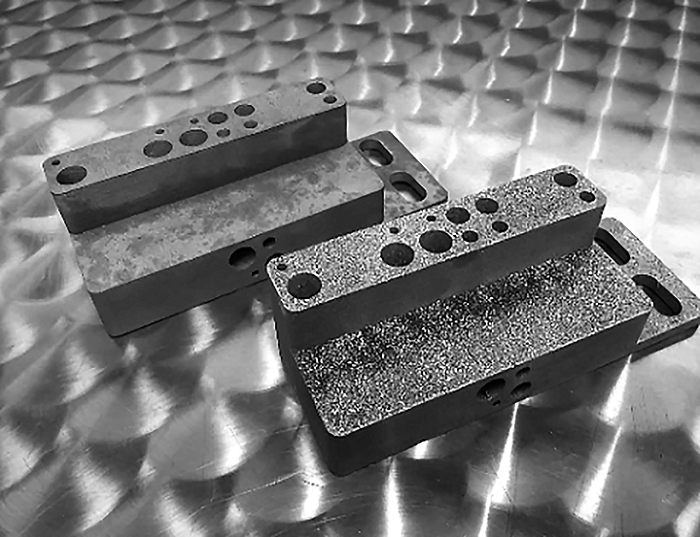ASTM D3359 Adhesion Testing by Tape Method
The ASTM D3359 standard provides a method for quantifying the adhesion of coatings, films, or other surface treatments to various substrates using the tape test. This non-destructive technique is widely used in quality control and research settings to evaluate the durability and integrity of surface finishes.
The tape method involves applying adhesive tape over an area where the coating or treatment is applied, then quickly peeling it off at a specified angle. The degree of adhesion failure indicates how well the coating has bonded with the substrate. This test can help identify potential weaknesses in the bond between the coating and the surface, which is crucial for ensuring product performance.
For accurate testing, the specimen must be prepared according to ASTM D3359 guidelines. The surface should be clean, free of contaminants, oils, or other residues that might interfere with adhesion. Specimens are often cut into small squares or rectangles measuring 25 mm x 25 mm for easy handling and consistent application of tape.
The testing apparatus required includes:
- Adhesive tapes (such as Scotch 810 brand)
- A suitable instrument for applying the tape
- A timer to measure the time taken to apply the tape
- An appropriate surface to peel off the tape at a specified angle
The procedure involves:
- Cleaning the test specimen with an approved solvent.
- Allowing it to dry completely before proceeding.
- Applying adhesive tape over the coated area, ensuring even coverage.
- Pulling off the tape at a 180-degree angle within five seconds.
- Evaluating the extent of adhesion failure by visual inspection or other quantifiable means.
The results are typically expressed in terms of percentage of adhesion loss. A higher percentage indicates better adhesion between the coating and the substrate, which is desirable for most applications.
ASTM D3359 testing can be critical in several sectors such as automotive, aerospace, electronics, and medical devices where surface integrity plays a significant role in product reliability. It helps manufacturers ensure that their products meet regulatory standards and customer expectations regarding durability and performance.
Scope and Methodology
The ASTM D3359 standard specifies the procedure for determining the adhesion of coatings to various substrates using a tape method. The test is applicable to any coating or film that can be tested in this manner, including paint, varnish, lacquer, enamel, powder coating, and other surface treatments.
The methodology involves applying adhesive tape over the coated area and peeling it off at a specified angle within five seconds. The amount of adhesion failure is then evaluated visually or through quantifiable means such as weight loss or color change. This test provides valuable insights into the effectiveness of coating applications, allowing manufacturers to make informed decisions about process improvements.
It's important to note that while ASTM D3359 offers a standardized approach, variations in specimen preparation and testing conditions can affect results. Therefore, strict adherence to the standard’s specifications is crucial for obtaining accurate and comparable data across different laboratories.
Industry Applications
- Aerospace: Ensuring that coatings on aircraft components adhere properly despite harsh environmental conditions.
- Motorsports: Evaluating the durability of coatings used in high-performance automotive applications to withstand extreme temperatures and abrasion.
- Electronics: Testing the adhesion of protective coatings or paints on electronic devices to ensure they can endure manufacturing processes and operational environments without failure.
- Medical Devices: Assessing the integrity of surface treatments on medical instruments to prevent contamination and improve patient safety.
In each case, ASTM D3359 testing helps manufacturers verify that their products meet necessary quality standards and can perform reliably in real-world conditions.
International Acceptance and Recognition
The ASTM D3359 standard is widely recognized both domestically and internationally. It has been adopted by numerous national standards organizations, including the British Standards Institution (BSI) and the European Committee for Standardization (CEN), as a method for evaluating coating adhesion.
The standard's broad acceptance ensures that results from ASTM D3359 testing are valid and comparable across different regions and industries. This makes it an ideal choice for companies looking to ensure consistent quality control practices globally.





